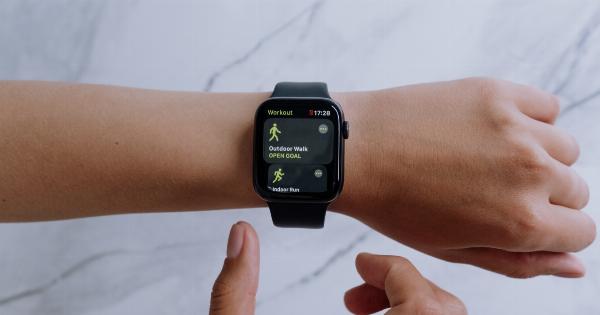As the world becomes increasingly connected, the digital era has brought with it a new set of challenges and disruptions.
While technology has undoubtedly transformed our lives for the better, it has also ushered in a modern form of disturbance disorder that affects individuals in various ways. This article explores the digital dilemma and offers insights into managing the challenges posed by this phenomenon.
Understanding the Digital Dilemma
The digital dilemma refers to the complex issues and disturbances that arise from excessive digital consumption and the constant connectivity experienced in today’s society.
With the proliferation of smartphones, social media platforms, and digital tools, individuals are constantly bombarded with information and notifications, leading to a state of perpetual interruption and distraction. This disruption can have a profound impact on mental health, productivity, and overall well-being.
The Impact on Mental Health
One of the most significant consequences of the digital dilemma is the negative impact on mental health. Constant exposure to social media and digital content can contribute to feelings of anxiety, depression, and loneliness.
The highlight reel nature of social media can also lead to unrealistic comparisons and a reduced sense of self-esteem. Moreover, the constant need to be connected and responsive can lead to heightened stress levels and a constant state of hyperarousal.
Reduced Productivity and Focus
The digital dilemma also poses challenges to productivity and focus. The constant distractions in the form of notifications, emails, and instant messages can derail even the most focused individuals.
Many people find themselves unable to sustain their attention on a single task for an extended period, resulting in reduced efficiency and output. The incessant urge to check social media feeds and engage in online activities further contributes to this productivity slump.
Strained Interpersonal Relationships
While technology has provided platforms for easy communication and connectivity, it has also strained interpersonal relationships. With the constant urge to be online and connected, face-to-face interactions are often replaced by virtual conversations.
This can lead to decreased social skills, feelings of isolation, and a lack of genuine connection. Additionally, digital distractions during social interactions can lead to decreased empathy and engagement, further eroding the quality of relationships.
Navigating the Digital Dilemma
Despite the challenges posed by the digital dilemma, there are strategies that individuals can employ to manage this modern form of disturbance disorder.
1. Establish Digital Boundaries
Setting clear boundaries around technology usage is essential. This includes designated “tech-free” times, such as during meals or before bed, as well as establishing limits on daily screen time.
Creating physical spaces free from digital distractions, such as home offices or designated leisure areas, can also help promote better focus and relaxation.
2. Practice Mindfulness
Mindfulness techniques can significantly contribute to managing the digital dilemma. Being fully present in the moment and consciously engaging in activities can help reduce the constant need for digital stimulation.
Mindfulness exercises, such as deep breathing or meditation, can help individuals develop a heightened awareness and control over their digital consumption.
3. Optimize Digital Notifications
Reviewing and modifying digital notification settings can be instrumental in managing interruptions. Turning off non-essential notifications and customizing alerts can help filter out unnecessary distractions.
Prioritizing important notifications and scheduling dedicated time to address them can allow for better focus and minimize interruptions throughout the day.
4. Prioritize Real-World Connections
Recognizing the importance of real-world connections is crucial for mitigating the negative effects of the digital dilemma.
Setting aside dedicated time for face-to-face interactions, engaging in hobbies and activities that don’t involve screens, and fostering genuine connections with loved ones can help counteract the isolating nature of excessive digital consumption.
5. Digital Detoxes
Periodic digital detoxes can be highly beneficial in resetting and recalibrating one’s digital consumption habits. Taking breaks from technology, such as weekends or vacations free from screens, can provide much-needed rest and rejuvenation.
Engaging in activities that promote offline engagement and self-care, such as exercise, reading, or spending time in nature, can help restore balance and reduce the reliance on digital devices.
The Path to Digital Balance
Managing the modern form of disturbance disorder that arises from the digital dilemma requires a conscious effort to strike a balance between leveraging the benefits of technology while minimizing its adverse effects.
By implementing strategies for digital boundaries, mindfulness, optimized notifications, prioritizing real-world connections, and occasional detoxes, individuals can reclaim control over their digital lives and cultivate a healthier relationship with technology.






























